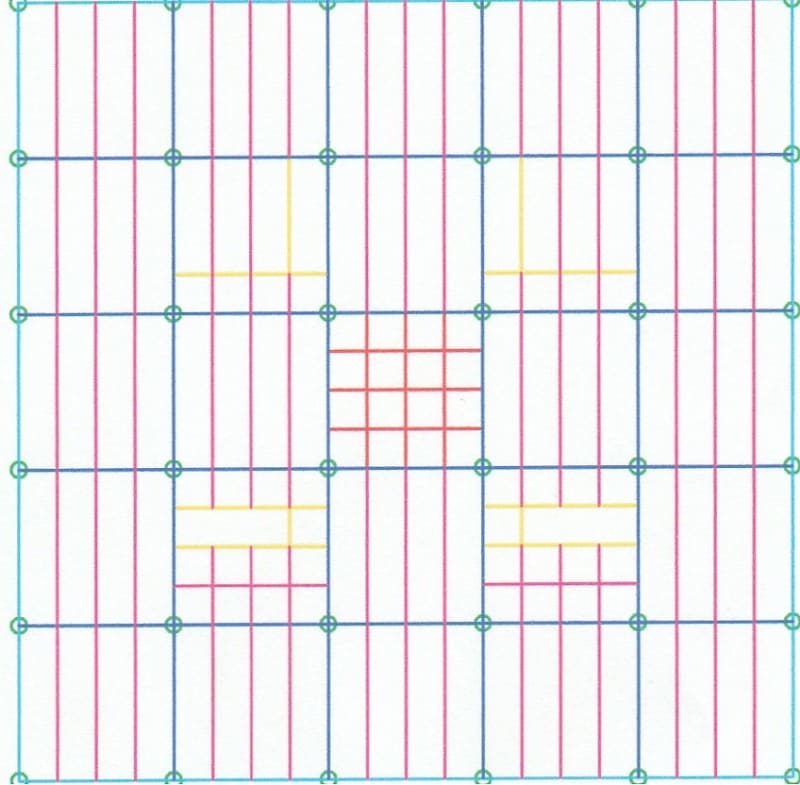mronlinetutor
Structural
Is this correct?
A continuous beam is equivalent to a beam segmented which is momently joined.
How do we prove that? This has to do with finite element modeling. When we model a building in which a girder is divided into several girders where there are beams sitting in the perpendicular direction, can we assume that the girder is equivalent to a girder segmented with spacings of the beams without putting support below the segmented girder? In reverse, can we model a segmented girder without modeling it with a continuous girder without placing support below the segmented girder?
This is very basic but I just want to make sure. Thank you.
disclaimer: all calculations and comments must be checked by senior engineers before they are taken to be acceptable.
A continuous beam is equivalent to a beam segmented which is momently joined.
How do we prove that? This has to do with finite element modeling. When we model a building in which a girder is divided into several girders where there are beams sitting in the perpendicular direction, can we assume that the girder is equivalent to a girder segmented with spacings of the beams without putting support below the segmented girder? In reverse, can we model a segmented girder without modeling it with a continuous girder without placing support below the segmented girder?
This is very basic but I just want to make sure. Thank you.
disclaimer: all calculations and comments must be checked by senior engineers before they are taken to be acceptable.

